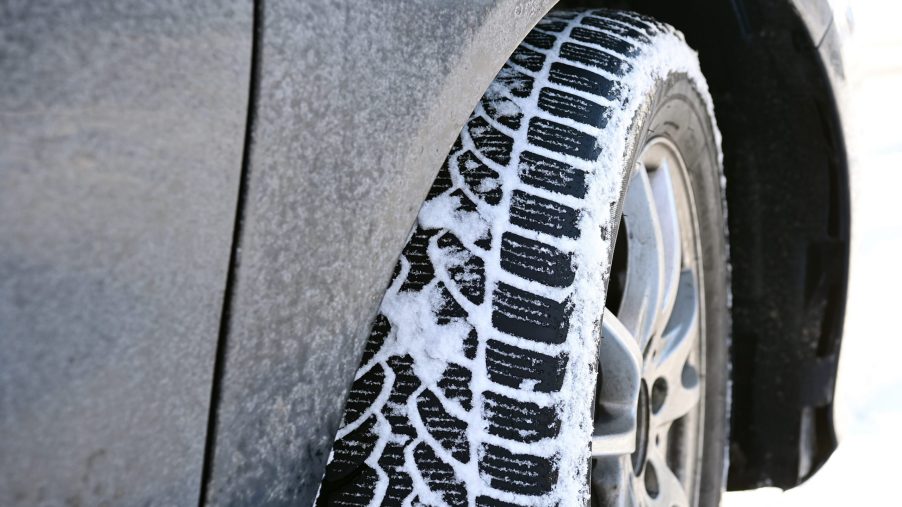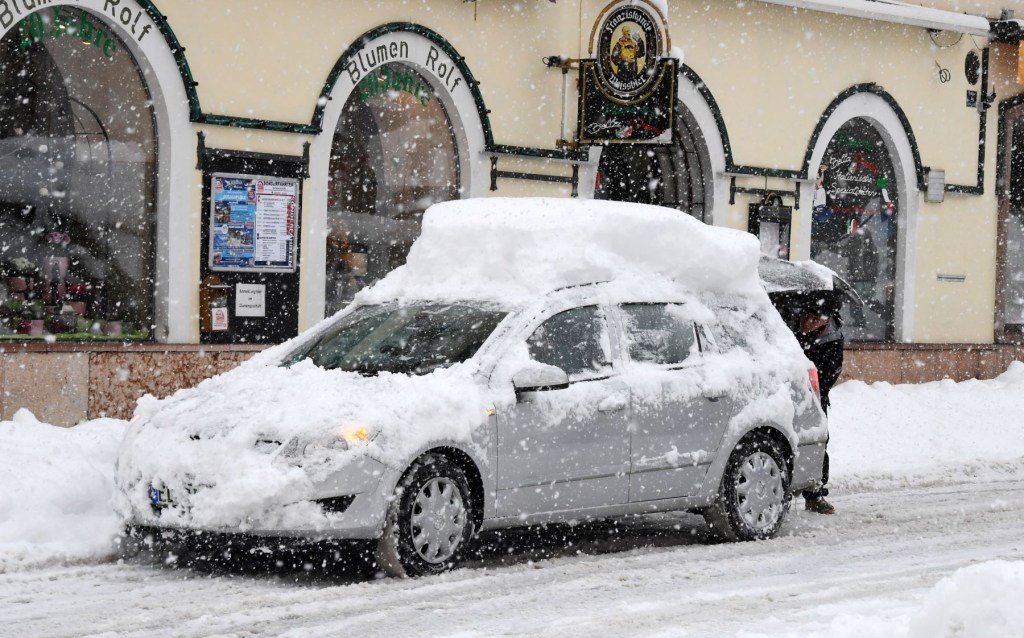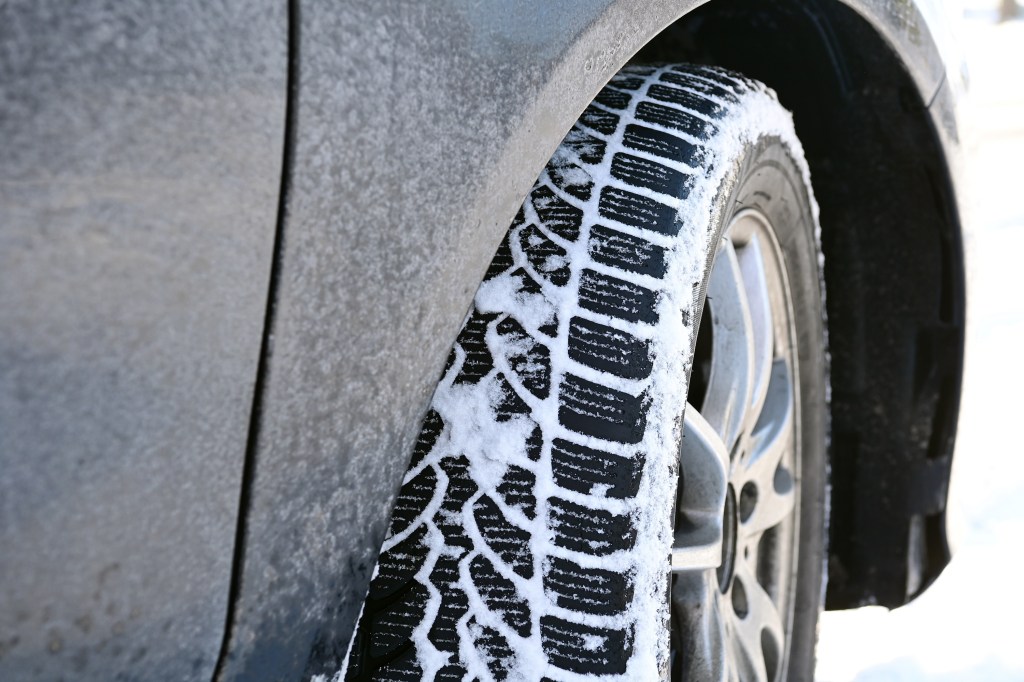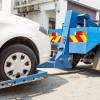
Hilarious Winter Driving Video Captures Colorado Drivers in the Wild
If you have ever driven in Colorado or any other snow state, then you know how tricky navigating the icy roads can be. Dodging other cars, keeping your car in the correct lane, and even making sure to stop in time are some of the toughest parts of driving in the wintertime. The Colorado Department of Transportation is familiar with winter driving so it put together a video series called “Winter Driving in the Wild,” which provides an informational and hilarious way to educate Coloradans on driving safety.

This video on tire safety shows Colorado drivers in their natural winter habitat
“Winter Driving in the Wild” is the latest video posted by the Colorado Department of Transportation (CDOT) and it pokes fun at Colorado drivers in a nature documentary format. The one-minute video starts with describing Colorado drivers as herd-type animals, saying that “vehicles with proper tires travel safely among the herd.”
One of the funniest parts is when it calls out the “alpha SUV, armed with overconfidence and hot frappacappalatteccinos.” Of course, this reference can be a call out to SUV owners anywhere in the country, but it’s especially true in Colorado, where Land Rovers, Jeeps, and Toyota 4Runner reign supreme. They are indeed leaders of the herds, but they can get a little overzealous sometimes, which brings the video to the next point: all-wheel drive.
All-wheel drive is not a substitute for common sense

The apex of the video is when it talks about how four-wheel and all-wheel drive don’t “solely improve traction, or stopping distance, or common sense.” On a serious note, this is important as it’s a common misconception that having the ability to power all four wheels on a vehicle automatically means that it has more traction. To clarify, that’s not always the case as your car’s tires are what connects it to the road. And if the road is too icy or its tires are too worn, then your car won’t have the traction it needs to get where it’s going or have the traction to stop at a safe distance.
The tire safety video then begins to point out how cars with adequate tires and tread depth allow “even compact cars to better navigate winter terrain.” As we can see, the most important maintenance item on any winter driving checklist should be your car’s tires. Having winter tires, or at least a set of all-seasons, can greatly increase your car’s traction in the snow. Otherwise, you may succumb to Darwin’s theory of natural selection, as the video jokingly jabs.
Tire safety is important, whether you live in Colorado or not
If you live in Colorado, then you probably know that it’s expected to snow this week and the sub-zero temperatures are sure to make the roads slick in the area. But even if you don’t live in the Centennial State, then you can still keep these tire safety tips in mind:
- Vehicles with all- or four-wheel drive should have at least 3/16-inch of tire tread depth
- Tires with a “mud and snow (M+S)” designation are ideal
- All-season tires should have at least 3/16-inch of tire tread depth
- If the snow is deep or the road is too icy, make sure to use tire chains or cables
While CDOT’s tire safety video is a fun way to educate Colorado drivers on winter driving safety (while poking fun at them), the information provided by the series is important for anyone that drives in snow during the wintertime. Be sure to check out more tips on winter driving safety to learn more.



